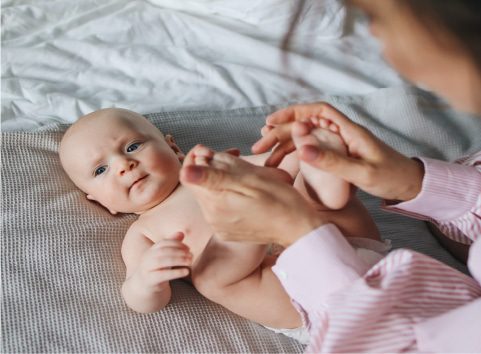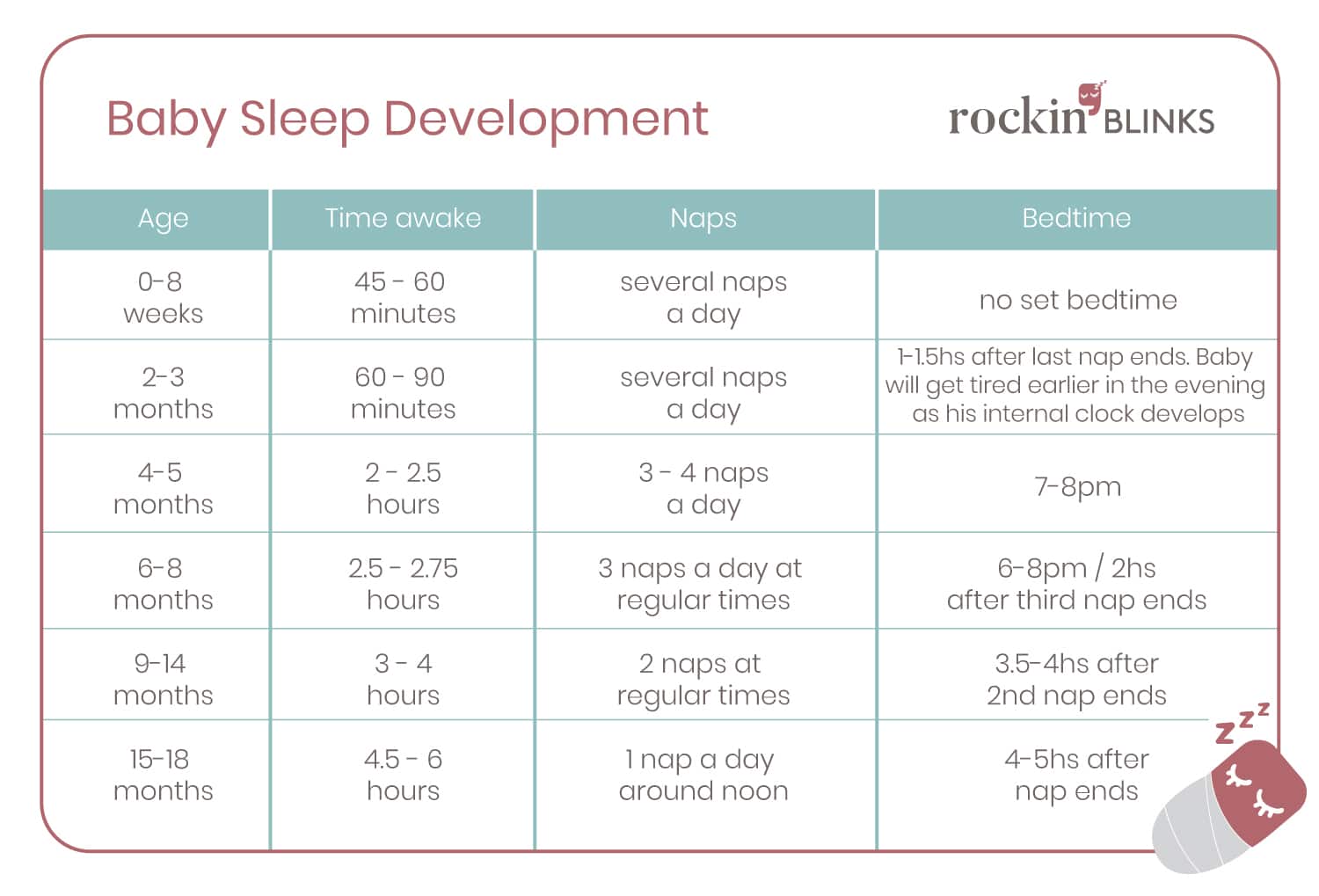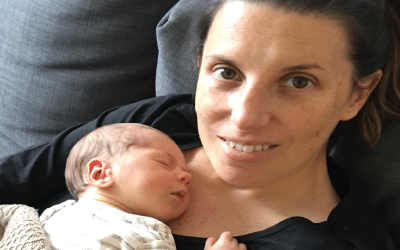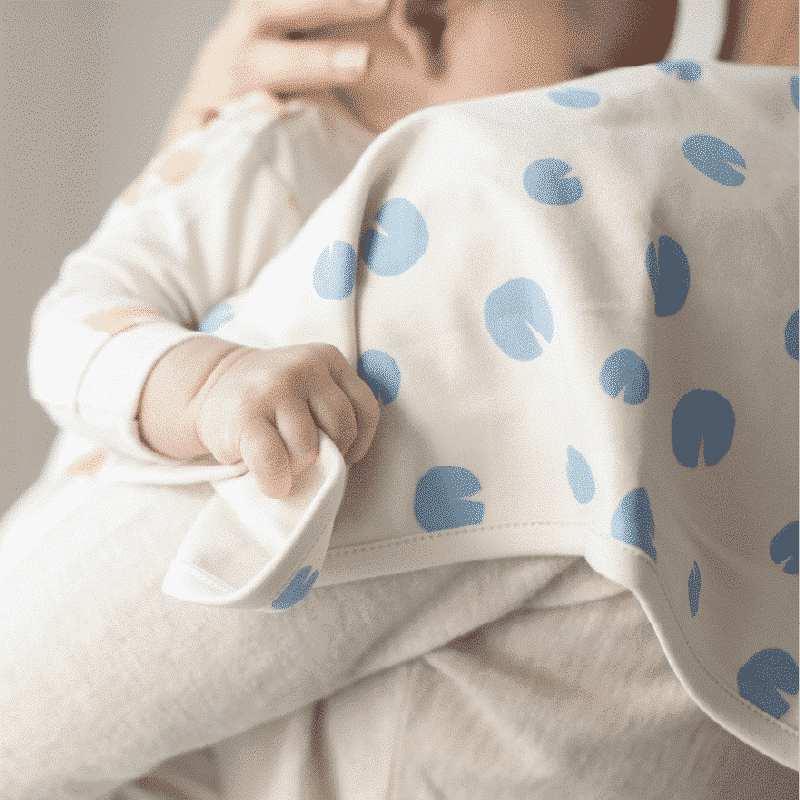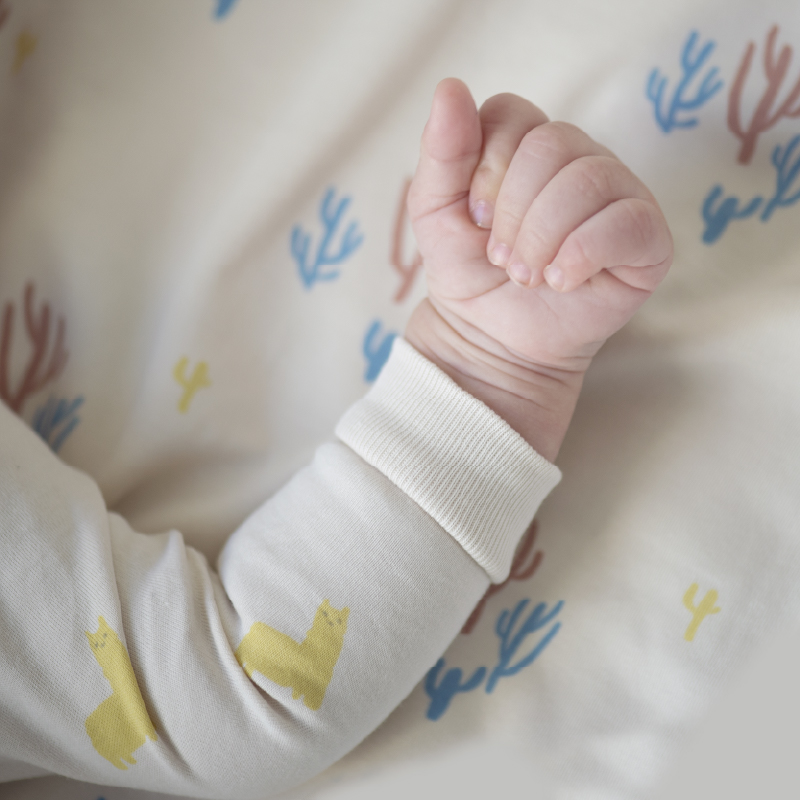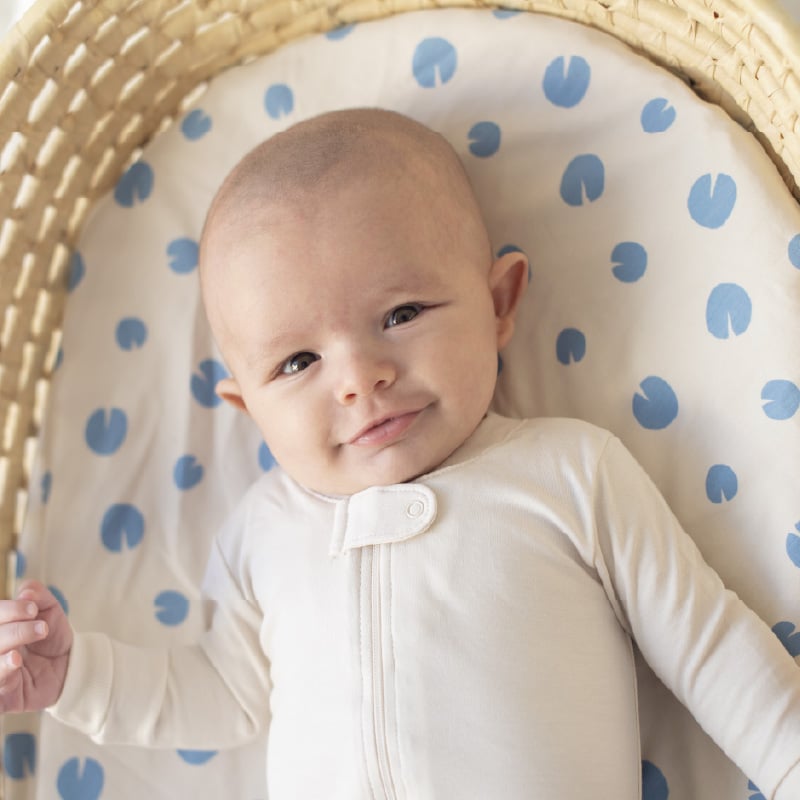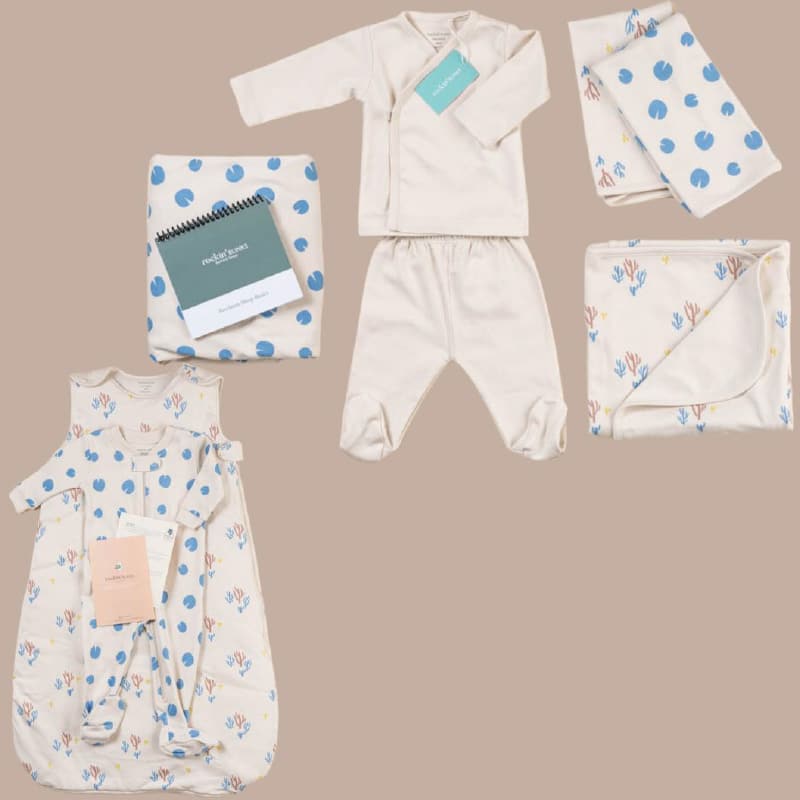We know the old joke that parenting doesn’t come with a manual, but I’m going to let you in on a little secret about sleep. Each baby – yes, even yours! – comes equipped with their very own sleep signals that tell you exactly when they’re ready for a nap or bed.
Sleep signals are the little nonverbal cues your baby gives to show he is tired and needs to sleep.
Spotting these sleep signals can be difficult in newborn babies because they can be very subtle: staring at the space, a little yawn. And at this age babies can go from ready to sleep to overtired in just a few minutes so the stakes are high.
I tell parents that noticing your baby’s sleep signals all comes down to observation.
Here are some of the most typical sleep signals seen in babies:
“I am starting to lose energy”.
- Your baby starts to lose interest in what he was doing.
- He may stare into the distance and seem very peaceful.
- He will show this behavior for only a few minutes before starting to get more tired
- Sometimes newborns can go from this state to closing their eyes without you needing to do anything to help them sleep, but as babies grow, they will require more help and a clear routine to get to sleep.

“I am tired, I need to rest”.
- Your baby may go from being really chill to showing some signs of discomfort.
- You might see their eyebrow area getting red.
- Your baby will start yawning.

“I really feel uncomfortable, and I am struggling because I am tired.”
- At this point your baby has been yawning for a while and is now ready to nap.
- Older babies will rub their eyes or pull their ears to show you they are super tired.
- Younger babies who cannot control their hands yet will start looking for comfort in their own way: sucking their hands, moving their head side to side. They may want to nurse as a way of falling asleep.
- This is your last chance to get your baby to sleep peacefully.

“I am upset! I am so tired; I cannot relax!”
- Now your baby has reached the overtired place. He is so tired, but he can’t fall asleep.
- Your baby will start crying and may be hard to console at this point.
- You might try to feed them thinking they are hungry but they might push away as that is not what they are asking for.
- **add something here about what they can do once babies get to this point**
Awake Windows
Knowing how long your baby is able to stay awake between naps is so helpful when you’re watching for sleep signs. We call that time between naps “awake windows”, and for little babies those windows change frequently as your baby himself grows and changes.
How easily your baby is able to fall asleep varies from child to child. For some, the desire to sleep will be so strong that when they’re tired enough they’ll fall asleep eating, playing or sitting up. Other babies will get super cranky, and instead of falling asleep easily will get overtired and struggle to settle and rest.
No matter which style of sleeper you have, observing your baby’s sleep signs and acting early to get them the rest they need shows your baby you are paying attention. Responding to your baby’s needs builds trust and routine, and makes your baby feel secure, as they understand what will happen next.
Good sleep is essential for a happy healthy childhood and life. Book a consultation with us now!
Subscribe to our Newsletter and get the latest in sales, sleep information and more

